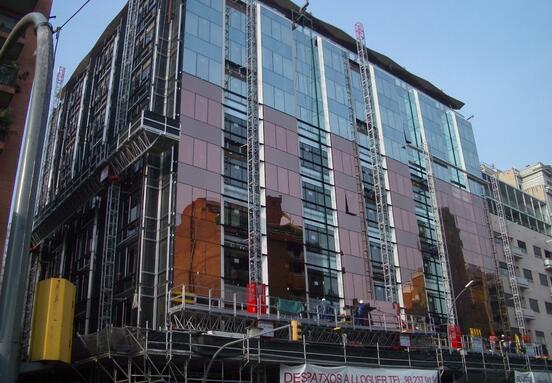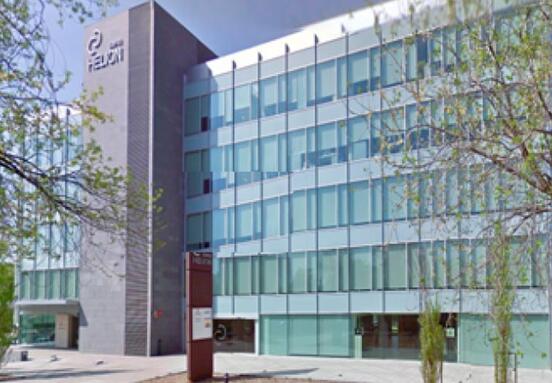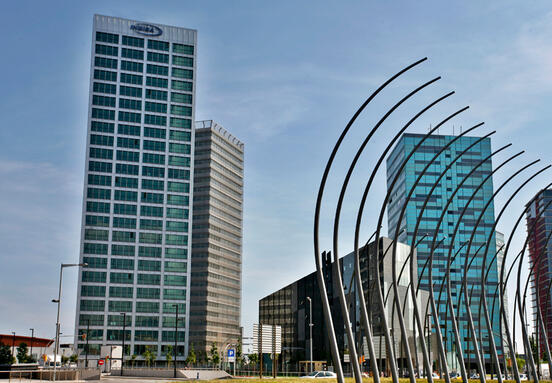The first half of 2013 brought encouraging signs of improved confidence in Spain’s commercial property market. There was a sharp rise in the take-up of Madrid office space and a significant increase in the number of investors actively seeking opportunities across Spain.
Madrid office take-up totalled 197,000 sq m in H1 2013, about 60% up on H1 2012. This was boosted by some large-scale transactions, most notably Vodafone’s agreement to take approximately 50,000 sq m in a new headquarters building at Avenida de América. In other major deals, Iberia leased nearly 16,000 sq m and Agencia EFE took 14,500 sq m. These transactions have provided evidence that companies are increasingly prepared to make large space commitments and to take advantage of opportunities to lease office space at historically low rents.
Prime office rents in Madrid were stable at €25 per sq m per month in H1, and may now have bottomed out after falling by more than 40% since 2008. The office vacancy rate, which had been rising consistently since 2007, fell slightly in the first half of the year to 11.0%, as a result of a lack of new space coming to the market.
Sentiment in the office investment market has improved, although transaction volumes have remained relatively modest. Increased numbers of investors are seeking opportunities in Spain, attracted by relatively high yields compared with other European markets, improved prospects for an economic recovery and reduced fears of a Eurozone break-up.
Investors that have been active in the Spanish market in recent years, such as opportunistic funds and private buyers, are now being joined by a greater variety of institutional and international investors, including the German funds and Latin American buyers. A number of investors are returning to the market after being absent since the onset of the financial crisis. AXA, for example, agreed in June to buy a portfolio of Barcelona offices for €172 million, in its first deal in Spain since 2008.
In the retail sector, activity remains affected by subdued consumer spending, but the best performing shopping centres have proved to be resilient and have maintained high occupancy levels. There was a lack of shopping centre investment transactions in H1, but a range of investors and developers are turning their attention to Spanish retail property. Interest in dominant retail schemes in secondary and tertiary cities is rising, with investors attracted by high yields and opportunities to generate increased returns through asset management.
Leasing activity in the Madrid logistics and industrial market improved in H1 2013, with take-up reaching 190,000 sq m and the vacancy rate falling by more than two percentage points, from 16.0% to 13.8%. However, investors remain cautious in this sector, and demand continues to be focused on prime assets let to secure tenants on long leases.
Source: Frank Knight


